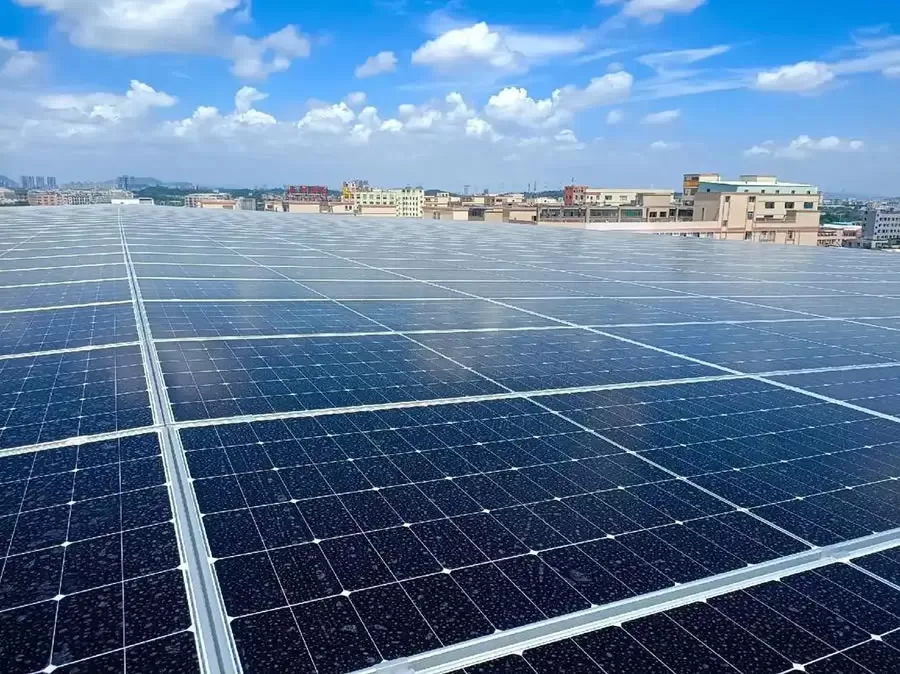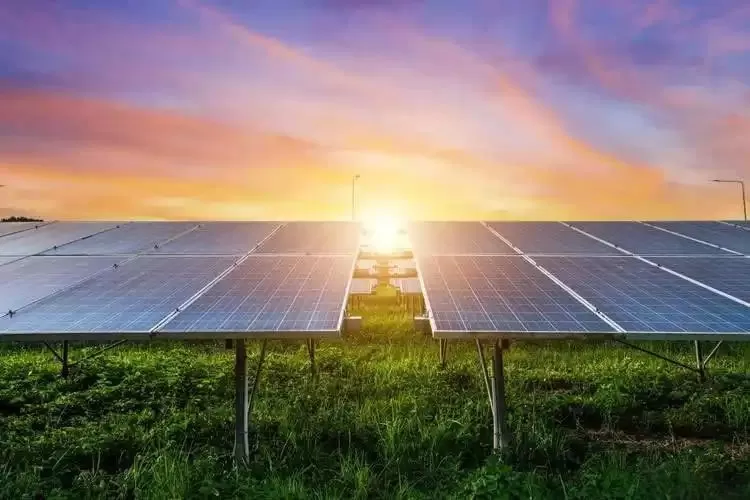
In the global wave of vigorously promoting new energy transformation, solar photovoltaic power generation has become the “main force” of clean energy. However, due to the intermittent light, weather fluctuations, grid matching difficulties and other issues, always plagued the stable operation of photovoltaic power plants. How to make solar PV system can realize 24 hours stable power supply? The answer lies in a revolutionary technology - PV energy storage system. Brice Solar combines the industry's cutting-edge technology with typical cases to reveal how energy storage system can install “stabilizers” for PV power plants.
1、The key point of PV power generation: where does instability come from?
There is a natural “mismatch” between the power generation curve of traditional PV power plants and the demand for electricity. For example:
Midday power generation peak: when the light is strongest at noon, the power generation far exceeds the grid's consumption capacity, resulting in part of the light energy being wasted;
Interruption of power supply at night: PV systems are unable to generate power during the evening peak hour after sunset;
The impact of sudden changes in weather: a patch of cloud cover under the sun's rays may cause the power station's power to plummet by more than 30%.
According to the International Energy Agency, in 2022 in Northwest China PV light abandonment rate is still as high as 8%, equivalent to a loss of 1.3 billion degrees of clean electricity. This is not only a waste of resources, but also a threat to grid security.
2、Photovoltaic energy storage system: stable power generation “intelligent heart”.
Photovoltaic energy storage system breaks through the limitations of traditional photovoltaic through the “power generation - power storage - power transfer” trinity technology. Its core consists of five key technologies:
2.1 Intelligent MPPT algorithm
The intelligent MPPT algorithm uses third-generation GaN semiconductors and AI prediction models to track the optimal operating voltage of the module in real time, and can realize maximum power point tracking.
Case in point: Huawei's intelligent string energy storage system increased power generation efficiency by 12% in Saudi Arabia's Red Sea project under shadow shading.
2.2 Bidirectional Inverter Technology
Bidirectional inverter technology supports millisecond-level charge/discharge switching, with a response speed 20 times faster than traditional equipment;
Technological breakthrough: the efficiency of Sunny Power's 1500V high-voltage energy storage inverter breaks through 99%, and power conversion loss is reduced by 1.8%.
2.3 Lithium iron phosphate + liquid current battery hybrid energy storage
Use lithium batteries to respond quickly to FM demand during the day and liquid current batteries to provide long-lasting power supply at night;
Empirical case: Qinghai Republic 550MW PV power plant configuration hybrid energy storage, abandoned light rate from 15% to 3%.
2.4. Virtual synchronous machine (VSG) technology
Simulate the rotational inertia characteristics of traditional generators to enhance the grid's anti-disturbance capability; for example, after the application of WEMAG energy storage power station in Germany, the frequency regulation accuracy reaches ±0.01Hz.
2.5. Cloud-side cooperative energy management system
In the PV project through the digital twin technology to predict the power generation curve, automatically optimize the charging and discharging strategy; for example, after the application of TBEA Xinjiang power station in China, the utilization rate of the energy storage system is increased by 40%.
3. The Working Process of Solar PV Energy Storage

3.1 Photovoltaic Module Array
PV module arrays utilize the photovoltaic effect of solar panels to efficiently convert light energy into electrical energy. This electrical energy is then used to charge the lithium battery packs and convert the DC power to AC power through an inverter, thus providing a stable power supply to the loads.
3.2 Photovoltaic Controller
The photovoltaic controller monitors the intensity of sunlight and load changes in real time, and intelligently adjusts the working status of the battery pack. It ensures that the power can be reasonably utilized to meet the load demand and make full use of renewable energy.
3.3 Grid-connected inverter system
The grid-connected inverter system consists of multiple inverters, which are responsible for converting the DC power in the battery into utility power. In this way, the power can be smoothly connected to the low-voltage grid on the user's side, or sent to the high-voltage grid through the step-up transformer, realizing efficient utilization.
3.4 Lithium battery pack
Lithium battery pack plays a crucial role in the system. It not only regulates the energy balance, but also provides support when the power supply is insufficient. By converting the electrical energy output from the photovoltaic power generation system into chemical energy storage, the lithium battery pack ensures the continuous and stable operation of the system.
3.5 Energy storage unit
The energy storage unit varies according to the operating modes of the PV power generation system. It has four working modes: grid-connected charging, off-grid charging, off-grid independent discharging and off-grid auxiliary discharging. These modes ensure that the energy storage system can flexibly respond to various operating conditions, providing strong support for the stable operation of PV power plants.
4、Industry benchmark case: how to rewrite the PV economic accounts of energy storage?
Case 1: Zhangjiakou Olympic Green Power Project
Equipped with 200MW/800MWh energy storage system, the project can realize 100% green power supply for winter Olympic venues; the peak shaving and valley filling benefits will increase the project's IRR (internal rate of return) to 11.2%;
Case 2: Hornsdale Energy Storage Station, Australia
Tesla Powerpack battery pack + photovoltaic power station combination; successfully avoided 23 major blackouts in South Australia's power grid; annual revenue of FM service exceeded AUD 50 million;
Case 3: Ningde Times Photovoltaic Storage Charging and Inspection Integration Project
Photovoltaic carport + energy storage + charging pile linkage; daytime power storage and nighttime power supply, reducing charging costs by 35%; battery health detection system extends equipment life by 30%;
5、Future trend: energy storage technology will open the PV 3.0 era
With the breakthroughs of sodium-ion batteries, calcite-crystalline silicon stacked components, and hydrogen energy storage, the industry is ushering in a new inflection point:
Cost decline: the unit price of energy storage system has dropped to $1.2/Wh in 2023 (down 60% from 2018);
Policy support: China's new energy storage installed capacity is targeted to reach 30GW in 2025;
Technology integration: digital grid + blockchain + energy storage to form a smart energy internet;

Summarize
When solar PV meets energy storage system, it not only solves the problem of power generation fluctuation, but also creates the value-added space of “1+1>2”. From desert power stations to family rooftops, from industrial parks to island microgrids, PV energy storage systems are reshaping the operating rules of the energy world. Choosing the right energy storage solution is to equip the PV power station with a “never-stop engine”, so that the PV energy storage system can steadily improve the efficiency of solar power generation.









One step to find us,we will respond within 24 hours.
More Contact Details
008613738639386
[email protected]